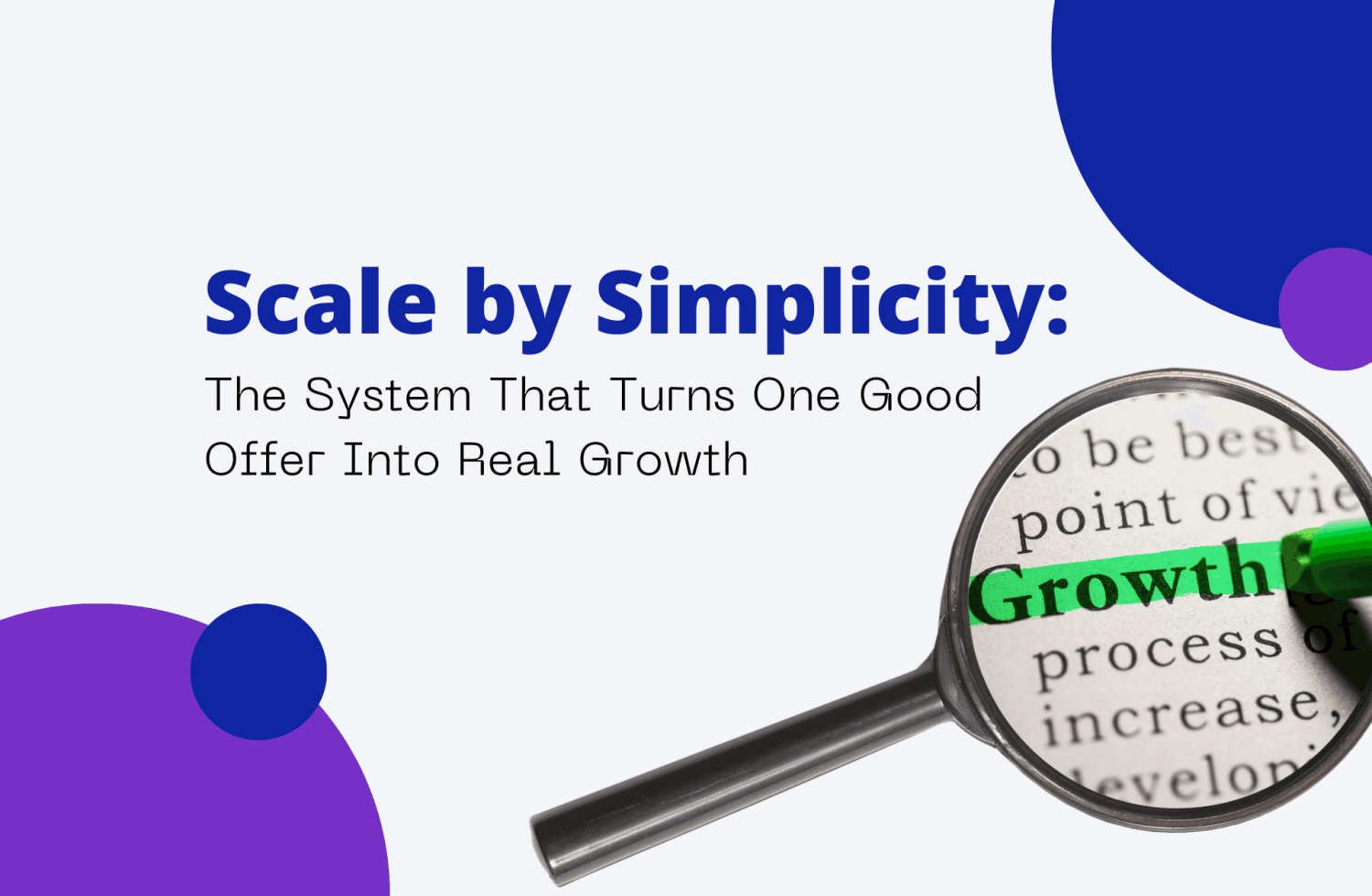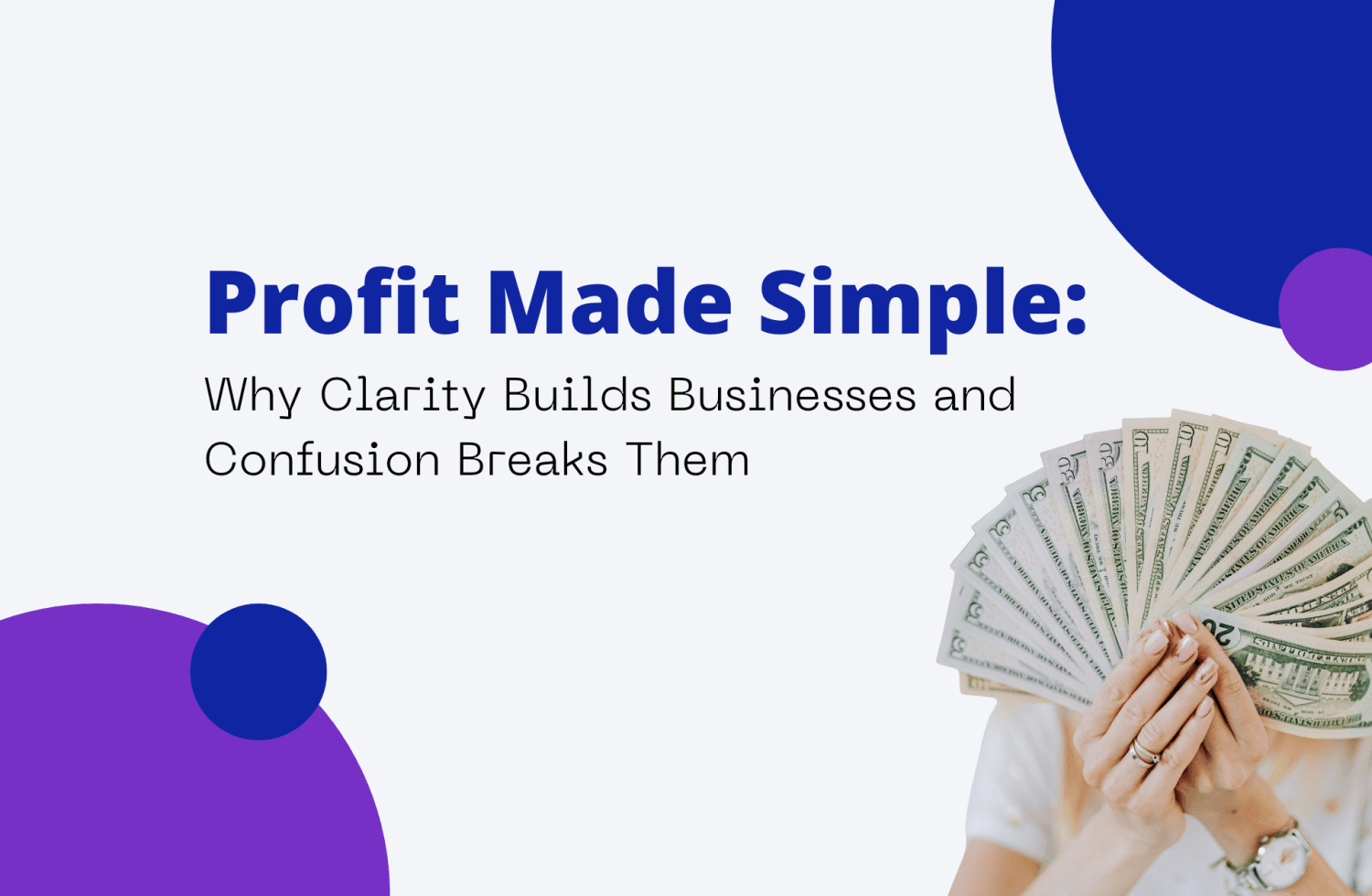Click Here to Download Today's Infographic as a PDF.
You can build something amazing— something useful, smart, and valuable.
You can pour months into designing it, tweaking the features, getting the price just right.
You can do everything the playbook tells you to do.
But then it launches… and crickets.
You start asking questions: Did I price it wrong? Is the timing off? Do I need to create more urgency?
Maybe. But maybe not.
Here’s what we don’t talk about enough:
A good product won’t sell if the words you wrap around it feel off.
And most of the time, that disconnect isn’t dramatic.
It’s subtle. Invisible. Easy to miss.
It’s the follow-up message that feels a little too pushy.
The call-to-action that comes across as vague.
The sales pitch that’s just a little too eager.
These aren’t obvious mistakes.
They’re small language habits that slowly chip away at trust.
And that’s the real reason so many great offers fall flat.
So let’s go there.
Let’s talk about the phrases you’ve probably used without thinking— and how changing just a few words can change everything.
The Tiny Phrases That Quietly Push People Away
Here’s a quick list of five common phrases that sound fine on the surface— but often cause hesitation, disconnection, or silence.
And more importantly, here’s what to say instead:
“Just following up…” → “What’s the best next step for you?”
“I promise this will work.” → “Here’s how it helped someone like you.”
“Are you the one in charge?” → “Who else should be part of this conversation?”
“Only 2 left! Expires tonight!” → “Offer’s open until [date] — no rush.”
“It’s super cheap.” → “It’s a simple, affordable way to solve this.”
The goal isn’t to sound clever. It’s to sound clear.
And clarity isn’t just about grammar—it’s about reducing friction.
When your language makes people feel safe, seen, and in control, you remove the barriers that keep them from saying yes.
So how do these changes actually play out in real sales situations? Let’s take a closer look.
Real Moments Where Better Words Changed Everything
1. The Follow-Up That Went Silent
A creator sent out what felt like a great proposal.
The product was aligned. The value was clear. The team on the other side had shown interest.
But then came the silence. Days passed. Then a week.
So they sent a polite nudge: “Just following up on this.”
Still nothing.
They sent a second message. Then a third.
All well-intended. All ignored.
What finally worked? They took a different approach:
“Wanted to make sure you have everything you need from me.
What’s the best next step for you?”
That simple shift did two things: It removed the pressure.
And it handed control back to the other person.
The client replied the same day.
They weren’t avoiding—they were waiting on internal timelines.
Now the conversation was open again.
Try this: Stop following up to stay top-of-mind. Start checking in to make things easier for them.
2. The Pitch That Made People Pull Back
This one started with genuine excitement.
They believed in the product. They knew it could help. The demo was solid. The pain point was real.
But near the end of the call, they said it: “I promise this will work.”
And just like that, the mood shifted.
The energy dropped. The buyer gave the dreaded: “Let us think about it.”
The issue wasn’t what was promised.
It was that it had to be promised.
The next time, they came in with a better story:
“Another team like yours used this to save over 6 hours a week.
Here’s what changed for them.”
Now it wasn’t a promise—it was proof. The conversation stayed alive.
The deal got signed.
Try this: Drop the guarantees. Replace them with a real, human example.
3. The Power Question That Landed Wrong
They were deep into a sales conversation that had been going well.
But things kept getting stuck near the end.
So they asked: “Are you the one in charge of this decision?”
Silence.
The energy shifted immediately.
The person on the other end felt called out—even disrespected.
The call wrapped fast. No next steps. No response after.
So they tried something new with the next client: “Who else should be part of this conversation before we move forward?”
That one sentence did more than smooth over hierarchy.
It showed respect. It gave space.
It signaled that their voice mattered—but wasn’t the only one that did.
The client brought in the right stakeholder, and the sale moved forward without tension.
Try this: Stop asking who’s in charge. Start asking who should be included.
4. The Fake Urgency That Killed Trust
They were excited about a new offer and wanted to create a sense of momentum.
They leaned into urgency: “Only 2 left! Expires tonight!”
The result? Unsubscribes. A drop in click-throughs. Radio silence.
Why? Because people are smart.
They’ve seen that line before. It didn’t feel honest. It felt manipulative.
Next round, they rewrote the message: “This pricing’s available through Friday if it’s helpful—no rush.”
That one change doubled the response rate. Same offer.
Different tone.
Way better results.
Try this: Urgency doesn’t need to feel aggressive. It just needs to feel real.
5. The Price That Undermined the Value
They built a powerful little course to help freelancers land their first client.
It was simple, actionable, and priced at $49.
To make it feel accessible, they called it “cheap.” Everywhere.
“It’s super cheap and gets straight to the point.”
What they didn’t realize is that people don’t want something cheap.
They want something valuable that doesn’t cost too much.
When they reframed the offer to: “It’s a simple, affordable way to solve [problem],” the message landed.
Buyers took it seriously.
They understood the value. Sales ticked up, and refund rates dropped.
Try this: Never call your offer cheap. Speak to the solution it delivers, and let affordability be a bonus—not the headline.
Want to Get Better at This? Use These Tools
Here are some standout resources that go deeper into this topic—whether you're rewriting your sales emails, rethinking your offer copy, or training your team.
Book: Influence: New and Expanded by Robert Cialdini
A classic for a reason. This updated version dives deep into how people are influenced through subtle language and structure. It’s not hype—it’s human behavior explained.
TED Talk: The Art of Persuasive Storytelling by Kelly D. Parker
If you want to stop pitching and start connecting, this is essential viewing. Parker shows how narrative moves people far more than information ever could.
AI Tool: Claude (Anthropic)
Built for conversations that sound real, Claude is excellent at rewriting long or short copy that needs emotional precision. Especially helpful when you're stuck on tone.
Runner-Up Tool: Grammarly
Not just for typos. Grammarly's tone suggestions and clarity scores are incredibly helpful for catching phrases that come across as too vague or pushy.
The Quiet Cost of Clumsy Words
Why sales silence usually starts before the pitch even ends.
You can be proud of your product.
You can stand behind your pricing.
You can deliver something that honestly solves a real problem.
But if the way you talk about it makes people feel uncertain, pressured, or unsure— they won’t tell you.
They’ll just disappear.
That’s the thing about words.
They leave a trace, even when the message feels small. Especially when it feels small.
People don’t need big reasons to back away.
They need tiny reasons to stay.
If your phrases feel like friction, If your follow-ups feel like obligation, If your pitch feels like it’s talking at someone instead of with them— you lose trust before you ever get the chance to build it.
And once you lose trust, no feature, discount, or deadline can bring it back.
But once you clean up your language— Once your words feel like support, not pressure; Clarity, not control; Permission, not persuasion— everything starts to feel easier.
You don’t have to chase. You don’t have to convince. You don’t even have to try that hard.
Because people will start to hear what you’re actually saying.
And when they do, they’ll finally see what you’ve built.
Download the Infographic: “Don’t Say This” Cheat Sheet
Want a visual summary of everything covered in this post?
The "Don't Say This" infographic is now available as a downloadable PDF.
Keep it in your files. Share it with your team.
Use it to rewrite that next sales message that just doesn’t feel right.





